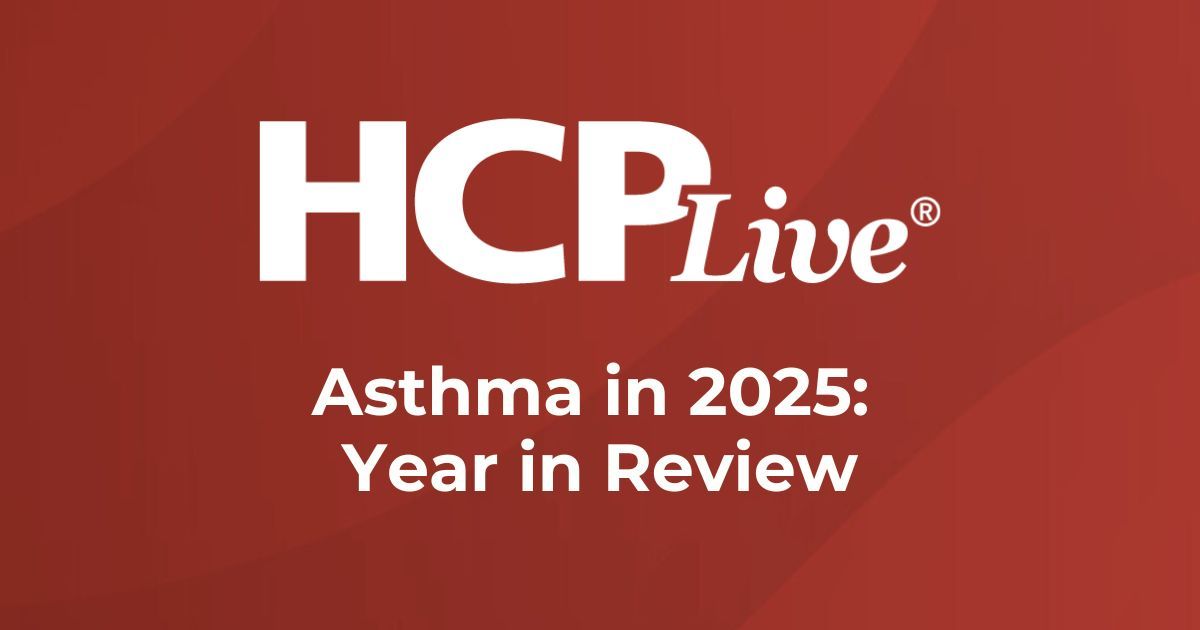Introduction
Liver cancer ranks among the top three causes of cancer-related deaths in 46 countries and among the top five in 90 countries. As the global population continues to grow, both incidence and mortality from liver cancer are expected…

Liver cancer ranks among the top three causes of cancer-related deaths in 46 countries and among the top five in 90 countries. As the global population continues to grow, both incidence and mortality from liver cancer are expected…

The exploration of quantum mechanics, born in the early 20th century, has consistently challenged our intuitive understanding of reality. From the seemingly paradoxical thought experiments like Schrödinger’s cat to the ambitious visions of…

2025 was a defining year for asthma care, marked by regulatory progress, late-stage clinical advances, and a continued shift toward precision, inflammation-driven management. Building on momentum from prior biologic successes, the field expanded…

Anthem magazine called James Ransone “the perennial cool guy”, though it wasn’t quite that simple. Ransone, who has taken his own life aged 46, was a coiled, wiry actor whose remorseless stare and brooding good looks were complicated by a…

You have full access to this article via your institution.
…

MBB Minute: Villanova made it a happy homecoming for head coach Kevin Willard, downing Seton Hall, 64-56, in…

On the streets of Iran’s capital, Tehran, young women are increasingly flouting the compulsory hijab laws, posting videos online that show them walking the streets unveiled. Their defiance comes more than three years after the killing of Mahsa…

It was Nov….

Using the Hubble Space Telescope, astronomers have imaged the largest and most chaotic site of planetary birth humanity has ever seen.
Appearing like a stunning cosmic bat, this protoplanetary disk, located around 1,000 light-years away,…